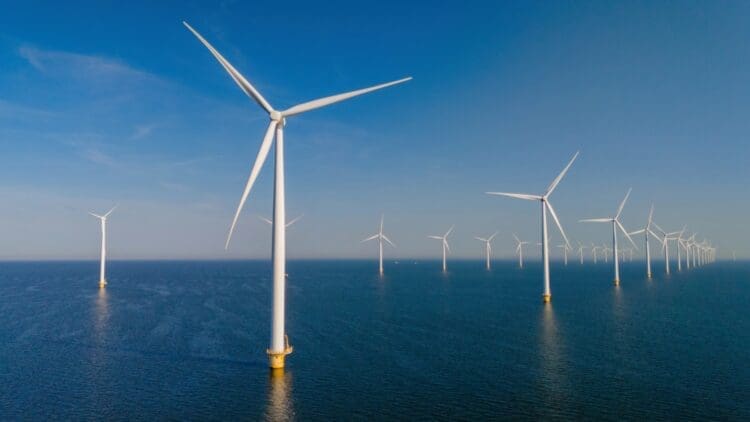Europe’s proclivity for wind power has become all too evident in recent years as the renewable energy sector grows in the region. While the increased reliance on renewables is commendable, the result has been that the market is uncertain over the future, as China holds a dominant grip on wind turbine and blade manufacturing. The astonishing advancements in the Chinese wind component manufacturing sector have far outpaced any other region in the world, and China now holds a grip on the global wind sector, despite overarching concerns over security and safety.
Offshore wind power capacity is essential to Northern Europe
Due to the geographical location of Northern Europe, most countries do not receive much sunlight, meaning that the solar power sector in that part of the world has not seen the same type of growth that other regions have experienced. That leaves wind power as the most viable form of renewable energy production, as the region has high winds on a daily basis.
However, that proclivity for the wind sector is facing a troubling reality where China holds the most power in the sector due to its dominance in wind power component manufacturing. Since Russia invaded Ukraine, Europe has turned to other gas-producing countries like the United States to compensate for a loss in capacity. So Europe switched from one gas supplier to another.
China dominates the manufacturing of key components needed for wind power production
China has dominated the renewable energy sector’s manufacturing of key components for years now. They produce the vast majority of the world’s solar panels and have a grip on the manufacturing of rare-earth magnets for turbines and blades, making them a leader in the wind power sector globally.
The dominance in the wind power sector by China has placed several European nations in a precarious position. None more so than the United Kingdom, which recently saw a Chinese energy company, Ming Yang, announce its plans to invest up to $2 billion in a plant in Scotland, subject to approval by the British government.
Europe has initiated a review of China’s dominance in the wind power sector
It has now emerged that the EU has commenced a review of China’s manufacturing dominance in the wind power sector, following the calls by the United States President to avoid doing business with China, as trade tensions between the world’s two largest economies deepen. So while the UK might approve the Ming Yang project, allowing a Chinese firm to hold such dominance on a nation’s wind sector might not be the best option.
Adding to the pressure on the wind power sector is Donald Trump’s disdain for windmills. He has made several claims over the danger that the wind power sector poses to the environment, and the US has seen several large wind power projects being cut or shut down since he took office. Despite that, Europe has booked 11.3 GW in new wind turbine orders during the first half of 2025.
Despite the issues facing the wind sector, it remains the most practical and viable option for Europe’s energy transition towards the renewable sector. Europe is expected to add 43 GW of offshore wind capacity over the next five years, nearly doubling its total installed capacity to 80 GW.
Europe will need to develop its own wind power manufacturing sector to compete with China’s dominance
China is known for its ability to spy on other nations and poses a significant security threat to several Western countries. That substantial security threat has now spilled over to the energy sector, as many industry insiders have noted that if tensions between Europe and China increase, China may cut off deliveries for essential wind power projects to the region, which would place Europe in a very precarious position without the ability to provide energy to its populace. Europe needs to invest in wind manufacturing to end the dominance that China has over the sector.





